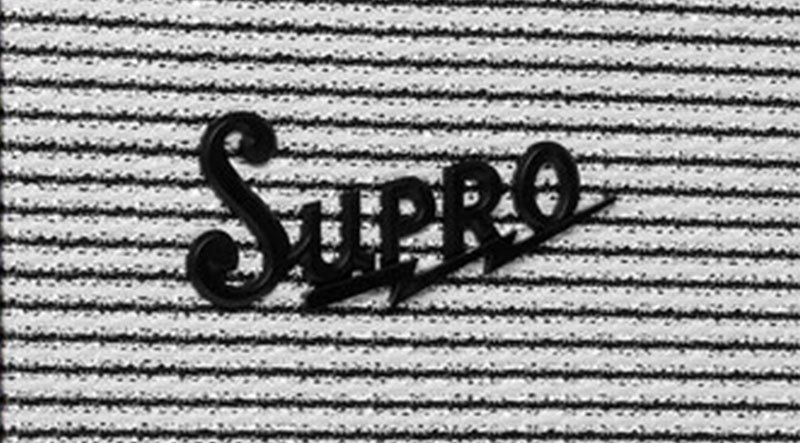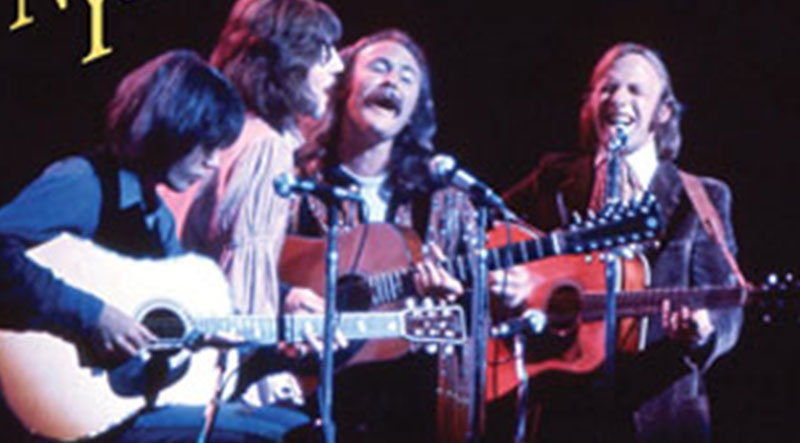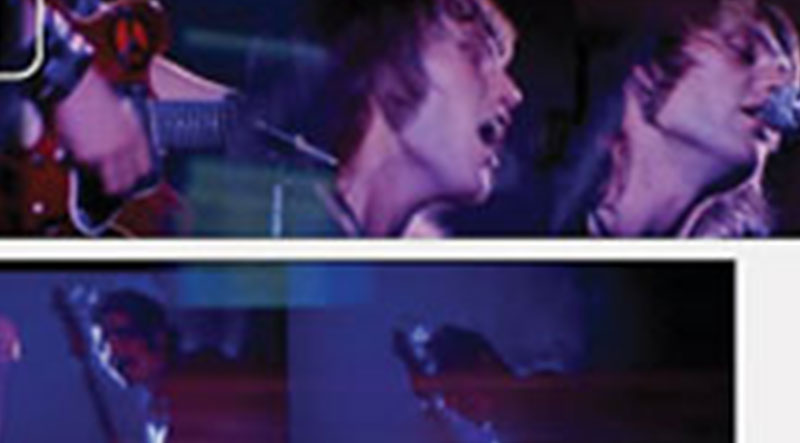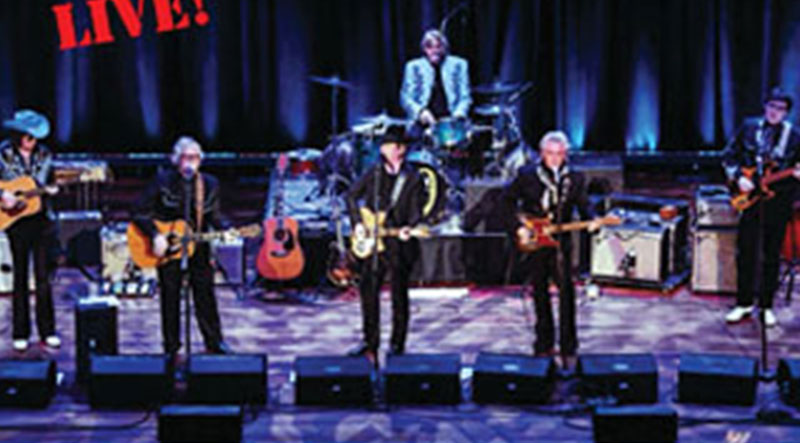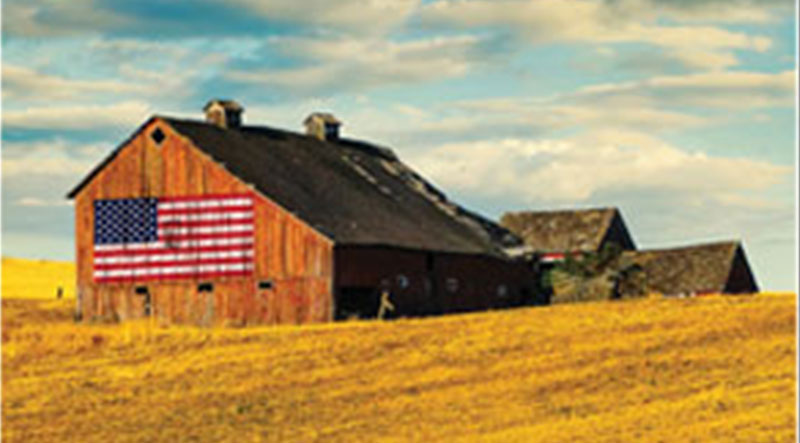
www.pinterguitars.com
Mike Pinter conceived his new SB1-R as a do-it-all “rock star” guitar that would combine design concepts and tone choices in an attractive package.
The SB1-R starts with an alder body, bolt-on/one-piece maple neck and pau ferro fretboard using 22 frets, black inlays, and a compound 10″-to-16″ compound radius. Each buyer gets to choose fret material (nickel or stainless steel) and size (medium jumbo or jumbo), a fixed or vibrato bridge (Hipshot Fixed or US Contour Tremolo), and Pinter’s own Righteous Sound Vintage single-coils or Modern humbuckers (with optional split coils). Hardware is either black or bright nickel, tuners are Hipshot closed-back, and color options are Avocado, Midnight, Snow White, Spicy Mustard, and Vivid Red.
Our SB-1R tester came with the Righteous Sound pickups and vibrato bridge. Its Medium C-shaped/four-bolt neck had a big, comfy carve and is contoured at the heel, so grabbing upper frets wasn’t an issue.
In hand, the Gibson-length 24.75″ scale and humbuckers deliver fat tone, but the alder body and vibrato bring a Fender quack-and-twang to the equation. The neck has a beefy feel, but it’s fast as hell, with perfectly low action. With gain ladled on, you may be blown away by the SB1-R’s sustain – like the Carlos Santana tone of yore. The Hipshot whammy is also a blast, capable of stunt-pilot dives and swoops while holding tune.
While the SB-1 carries a premium price, it’s also a top-end axe made to customer specs. And per its mission, it brings important touches like superb ergonomics, an immaculate build with tasteful offset-tulip body with matching headstock, nitro finish, and sustain that will inspire.
This article originally appeared in VG’s January 2025 issue. All copyrights are by the author and Vintage Guitar magazine. Unauthorized replication or use is strictly prohibited.


